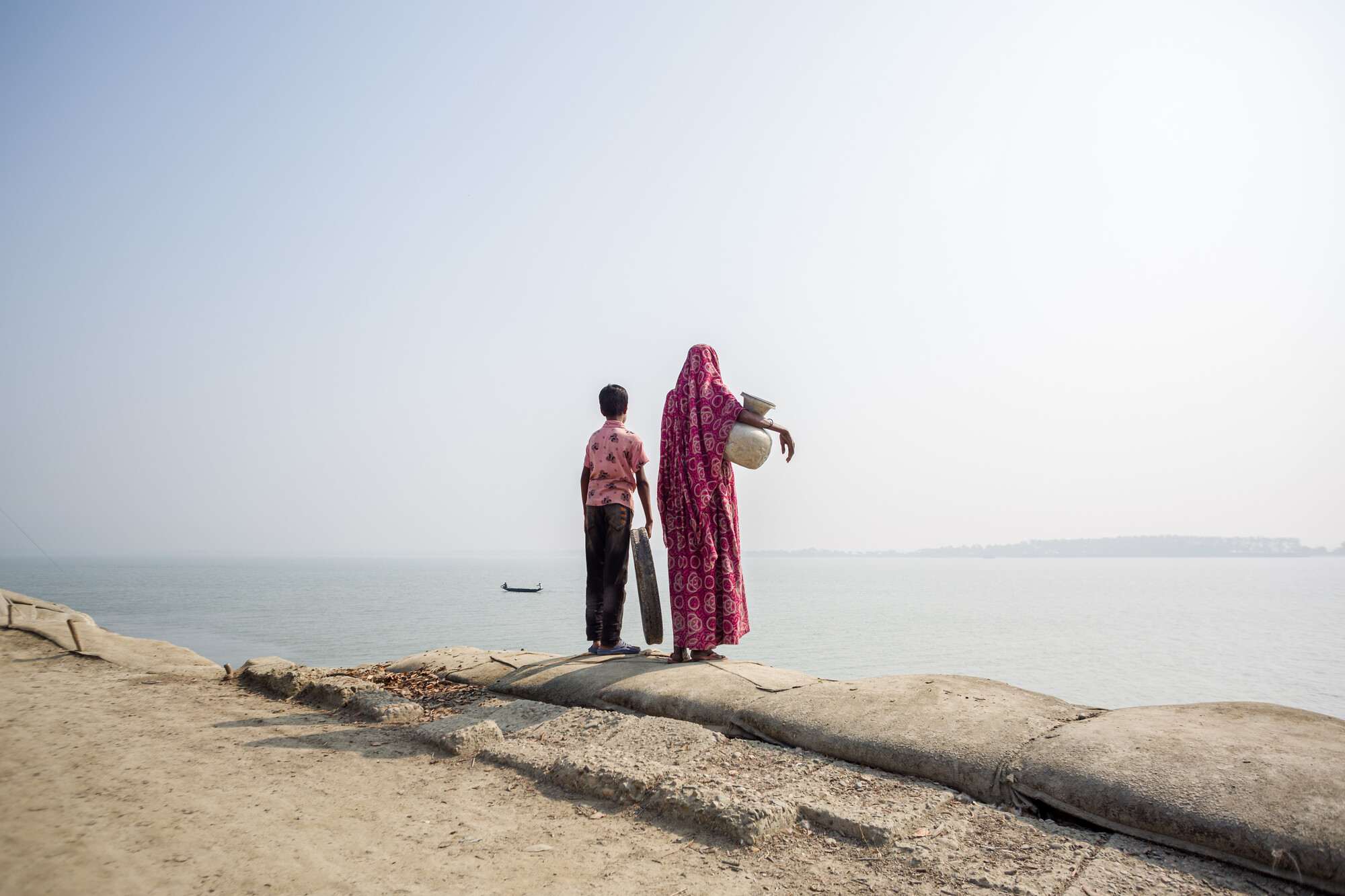The True Cost of Climate Inaction in Canada
It’s disheartening to see messaging like “Scrap the Cap” gain traction at a time when climate action is more urgent than ever. At a time when we need bold action to fight the climate crisis, we’re instead being bombarded by disinformation that could derail progress.
“Scrap the Cap” claims that placing an emissions cap on the oil and gas industry will hurt Canada’s economy. But what it doesn’t say is that the oil and gas industry is Canada’s largest source of greenhouse gas emissions, and without a cap, these companies won’t voluntarily cut back. Canada is the fourth largest oil and gas producer in the world – but when it comes to reducing emissions, we’re falling behind.
The truth is, without an emissions cap, the biggest polluters who keep raking in record profits won’t change their ways. And while they continue to profit, it’s everyday Canadians, particularly marginalized folks and indigenous communities, who are paying the highest price.
Climate Inaction Costs Lives… and Billions
We’re already feeling the effects of climate inactions across Canada. The financial toll from this year’s two biggest extreme weather disasters has already surpassed $1.8 billion in insured losses alone. A single afternoon of heavy rain in Toronto this July caused flooding that winded up costing almost $1 billion, while the wildfire that ravaged parts of Jasper, the ninth costliest natural disaster in Canada’s history, will cost at least $880 million in insured losses.
These numbers only account for insured losses. The real cost of climate disasters – to marginalized indigenous communities, people’s livelihoods, and ecosystems – is incalculable. And, as always, those suffering the most from climate impacts are people living in poverty, particularly women and children, who have contributed the least to the crisis. Yet, despite these devastating losses, funding provided to date to help communities adapt to climate impacts falls dangerously short. The United Nations Environment Programme (UNEP) estimates that $387 billion a year is required for climate adaptation efforts, but current funding is nowhere near that level.

The Climate Crisis is Here - So Why Isn’t the Action?
Climate change isn’t some distant threat looming in the future – it’s here, and it’s wreaking havoc on lives across Canada and the world. From wildfires fueled by extreme heat, to floods triggered by heavy rainfall, we’re witnessing firsthand the devastating consequences of decades of inaction and complacency. Every corner of the country is being hit by extreme weather, and the toll is rising.
At the COP26 climate summit in Glasgow in 2021, Prime Minister Justin Trudeau boldly pledged to Canadians and the world that his government would cap emissions in the oil and gas sector – the largest source of greenhouse gases in Canada. Last December, the government proposed a framework that would reduce the sector’s emissions by 35 to 38 percent by 2030, compared to 2019 levels.. Yet, nearly a year later, those caps still aren’t in place.
Meanwhile, the federal government continues to delay action on capping emissions, allowing the oil and gas industry to rake in record profits while pumping out pollution. This inaction stands in stark contrast to the bold steps other nations are taking to combat the climate crisis. As Canada prepares to assume the G7 presidency, the pressure is mounting for us to finally step up. The world is watching, and we can no longer afford to lag behind. Now is the moment for Canada to demonstrate real climate leadership, starting with a decisive cap on emissions from our largest polluters.
It’s Time to Make Rich Polluters Pay!
At Oxfam, we believe the solution is clear: those who have profited the most from the destruction of our planet need to pay up. Rich countries, wealthy individuals and the world’s biggest polluters are driving climate change, and they should bear the cost of addressing it. That’s why we’re calling on the Canadian government to take two crucial steps:
- Make rich polluters pay – Implement an excess profit tax on Canada’s most profitable, polluting corporations and a wealth tax on the super-rich whose investments and lifestyles fuel the fossil fuel industry.
- Use these revenues to scale up climate resilience everywhere – Triple Canada’s contributions to international climate finance, supporting low-income countries with the resources they need to combat the impacts of climate change.
While an emissions cap is necessary and will help limit future pollution, the Make Rich Polluters Pay campaign is about holding those who have historically driven climate destruction, and still continue to do so, accountable for the damage they’ve already caused. By addressing both – capping emissions and making the wealthiest corporations and individuals pay for their disproportionate role in the climate crisis – Canada can take meaningful steps toward climate justice.
With these steps, we can ensure that Canada plays its part in tackling the climate crisis at home and abroad. Prime Minister Justin Trudeau and Minister of Environment and Climate Change Steven Guilbeault made a promise to Canadians and the world. And now, ahead of COP29, it’s time for them to honor that commitment and take decisive action to cap emissions and make rich polluters pay!
Let’s demand accountability from our leaders. No more delays, no more excuses. The future of our planet and the well-being of our communities depend on it.
Together, let’s hold them accountable and push for real change.

